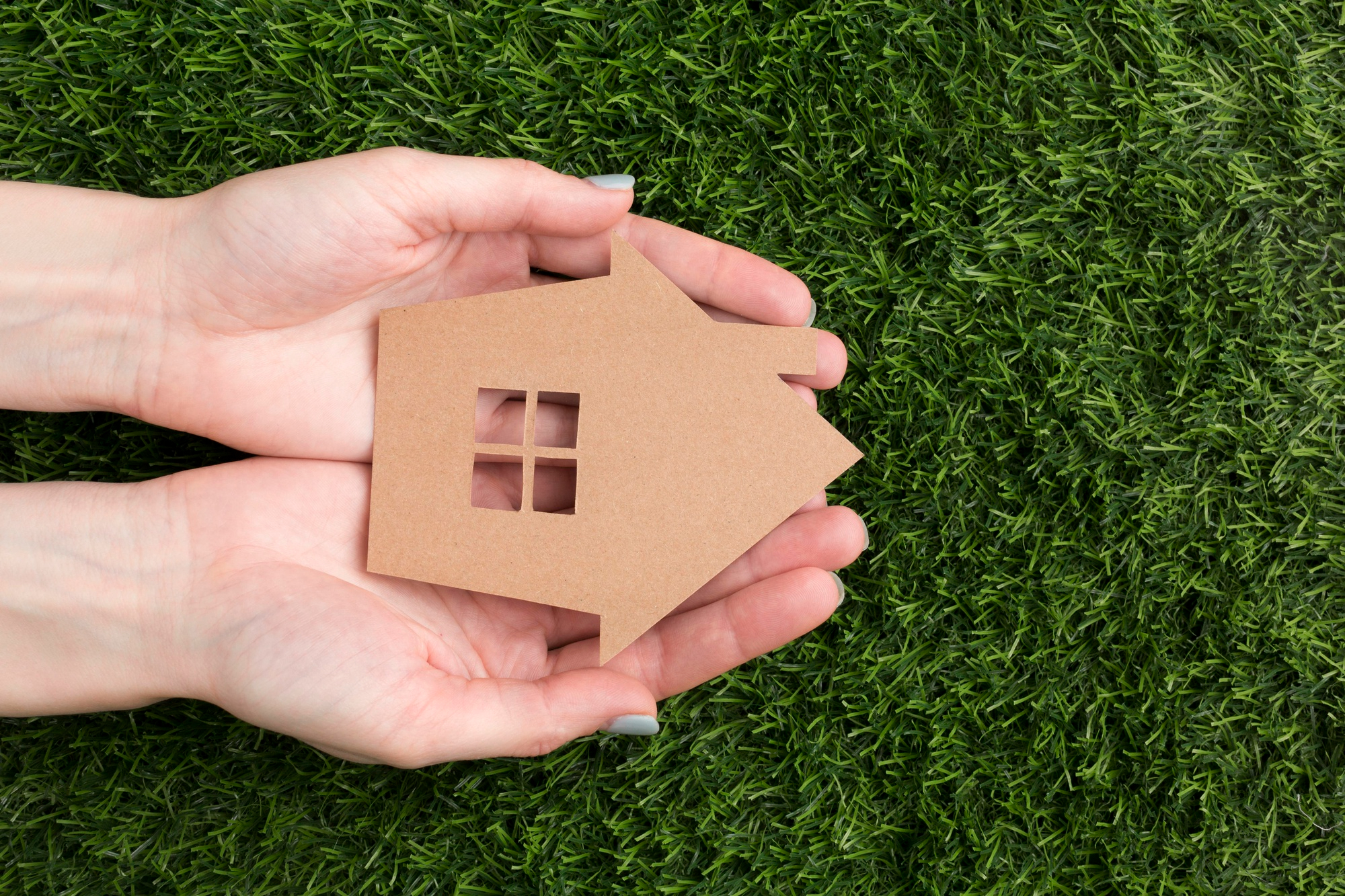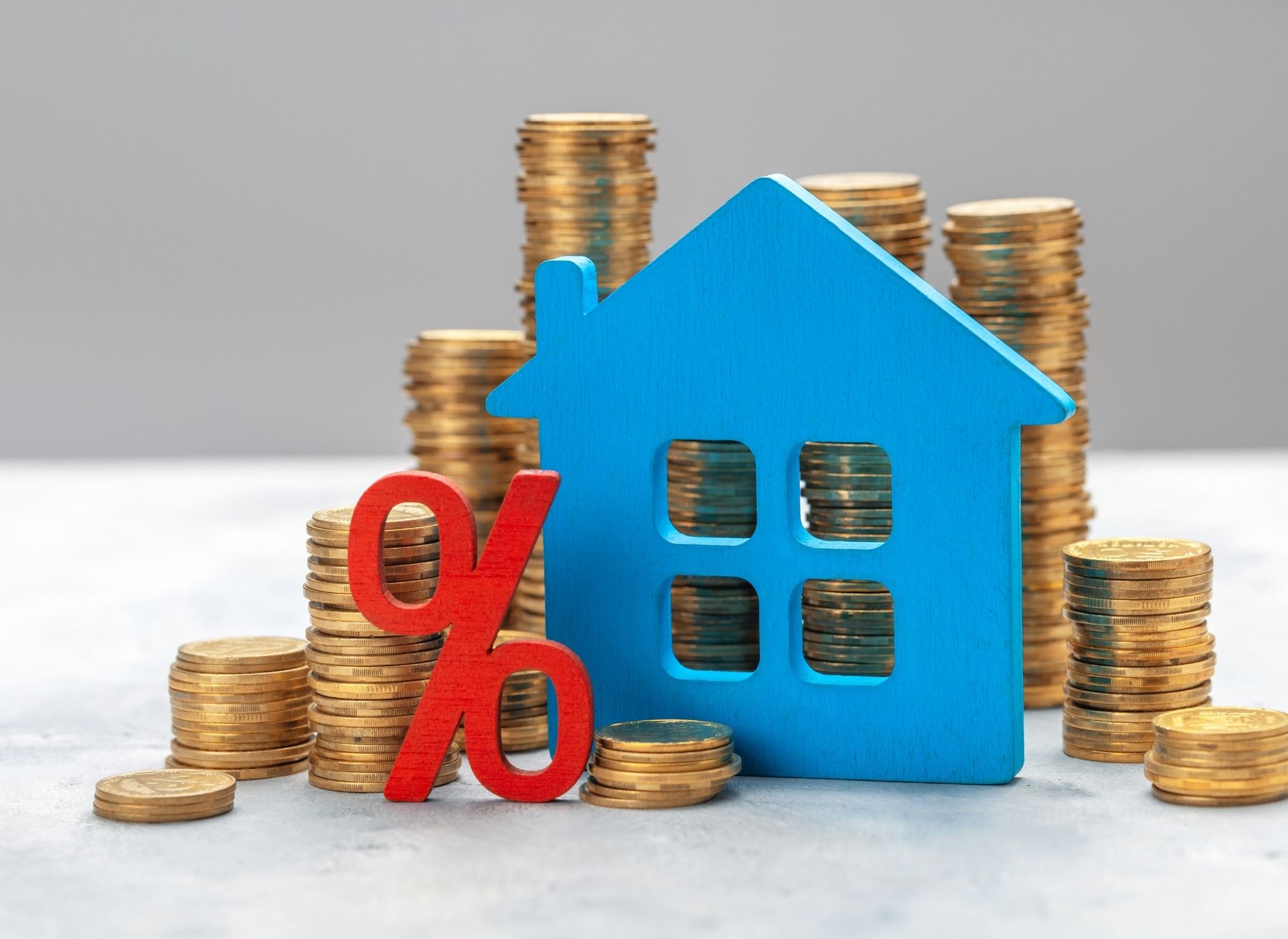In recent years, the UK property market has witnessed a significant shift towards sustainability, driven by increasing environmental awareness and the need to reduce carbon emissions. This trend is particularly evident in the buy-to-let sector, where eco-friendly properties are gaining popularity among both investors and tenants. This article explores the rise of eco-friendly buy-to-let properties, their appeal to environmentally conscious tenants, and the statistics that highlight this growing trend.
The Growing Demand for Eco-Friendly Properties
The demand for sustainable living options is on the rise, with more tenants seeking properties that minimise their environmental impact. According to a study by the UK Green Building Council, properties with energy-efficient features often command higher rent and have lower vacancy rates. This growing interest in eco-friendly properties is not just a passing trend but a reflection of a broader shift towards sustainability in the UK property market.
One of the key drivers of this trend is the increasing awareness of climate change and the UK’s commitment to reducing carbon emissions. The UK government has set ambitious targets to achieve net-zero carbon emissions by 2050, and the property sector plays a crucial role in achieving this goal. As a result, there is a growing focus on energy-efficient and environmentally friendly housing solutions.
Key Features of Eco-Friendly Buy-to-Let Properties
Eco-friendly buy-to-let properties are designed with sustainability in mind, incorporating various features that reduce their environmental impact. Some of the most common features include:
- Energy Efficiency: Modern eco-friendly properties are designed with energy-saving features such as triple glazing, improved insulation, and mechanical ventilation with heat recovery systems. These features help reduce utility bills and lower the property’s carbon footprint.
- Renewable Energy Integration: The use of renewable energy sources, such as solar panels, wind turbines, and ground source heat pumps, is becoming more common in sustainable developments. These systems allow homeowners to generate their own energy, further reducing reliance on traditional fossil fuels.
- Sustainable Building Materials: Eco-friendly properties are often built using sustainable and locally sourced materials, such as recycled materials, bamboo, and sustainably sourced timber. These materials reduce the carbon footprint of the construction process and contribute to healthier indoor living environments.
- Water Efficiency: Features such as low-flow faucets and showerheads, rainwater harvesting systems, and water-efficient appliances help reduce water consumption and promote sustainable living.
- Green Spaces: Incorporating green spaces, such as gardens and plant life, enhances the aesthetic appeal and air quality of the property, making it more attractive to tenants.
The Appeal to Environmentally Conscious Tenants
Eco-friendly properties are particularly appealing to environmentally conscious tenants who prioritize sustainability in their living arrangements. This demographic, which includes a growing number of younger renters, is willing to pay a premium for properties that align with their values.
A study by the London School of Economics found that energy-efficient homes sold for up to 14% more than their less efficient counterparts. This indicates that tenants are not only interested in the environmental benefits of eco-friendly properties but also recognize the long-term financial savings associated with reduced energy costs.
Moreover, tenants are increasingly looking for properties that offer a healthier living environment. Improved air quality, reduced exposure to toxins, and the use of sustainable materials contribute to a better quality of life, making eco-friendly properties more desirable.
Financial Benefits for Landlords
Investing in eco-friendly buy-to-let properties offers several financial benefits for landlords. Properties with high energy efficiency ratings often command higher rental prices and can reduce long-term operating costs for tenants, making them more attractive. Additionally, many local councils offer incentives and grants for landlords who make eco-friendly improvements to their properties, offsetting initial costs and enhancing the overall return on investment.
Furthermore, eco-friendly properties tend to have lower vacancy rates, as tenants are more likely to stay in properties that meet their sustainability criteria. This can lead to quicker leasing cycles and long-term tenancies, benefiting both landlords and tenants.
Case Studies and Statistics
Several case studies highlight the success of eco-friendly buy-to-let properties in the UK market. For example, Manchester’s Red Bank neighbourhood, a new development project, incorporates several green spaces and strong transport links to reduce car usage and improve air quality. This approach not only benefits the environment but also enhances the appeal of the properties to tenants.
Statistics also support the growing trend of eco-friendly properties. The demand for green leases, which include commitments for both tenant and landlord to make the property more eco-friendly, is on the rise. These leases often include clauses surrounding waste, energy, water efficiency, and sustainability materials, reflecting the increasing importance of sustainability in the property market.
Practical Tips for Landlords
For landlords looking to invest in eco-friendly buy-to-let properties, there are several practical steps to enhance the sustainability of their properties:
- Conduct an Energy Audit: Identify areas for improvement and prioritise upgrades that offer the best return on investment and tenant appeal.
- Upgrade Insulation: Improving insulation in walls, lofts, and floors can significantly reduce heating costs, a major selling point for potential tenants.
- Install Energy-Efficient Appliances: Investing in appliances with high energy ratings not only appeals to eco-conscious tenants but also reduces overall energy consumption.
- Switch to LED Lighting: Switching to LED lighting is a simple yet effective way to reduce energy usage and costs.
- Incorporate Renewable Energy Sources: Installing solar panels or other renewable energy systems can significantly reduce electricity bills and attract tenants looking to cut energy costs.
- Create Green Spaces: Adding gardens or plant life can enhance the aesthetic appeal and air quality of the property, further attracting tenants.
The rise of eco-friendly buy-to-let properties in the UK market reflects a broader shift towards sustainability and environmental responsibility. With increasing awareness of climate change and the UK’s commitment to reducing carbon emissions, the demand for sustainable living options is set to continue growing. For landlords and investors, this presents a unique opportunity to tap into a lucrative market while contributing to a more sustainable future.
By investing in eco-friendly properties and incorporating sustainable features, landlords can attract environmentally conscious tenants, command higher rental prices, and enjoy long-term financial benefits. As the trend towards sustainability continues to gain momentum, eco-friendly buy-to-let properties are poised to become a cornerstone of the UK property market.






